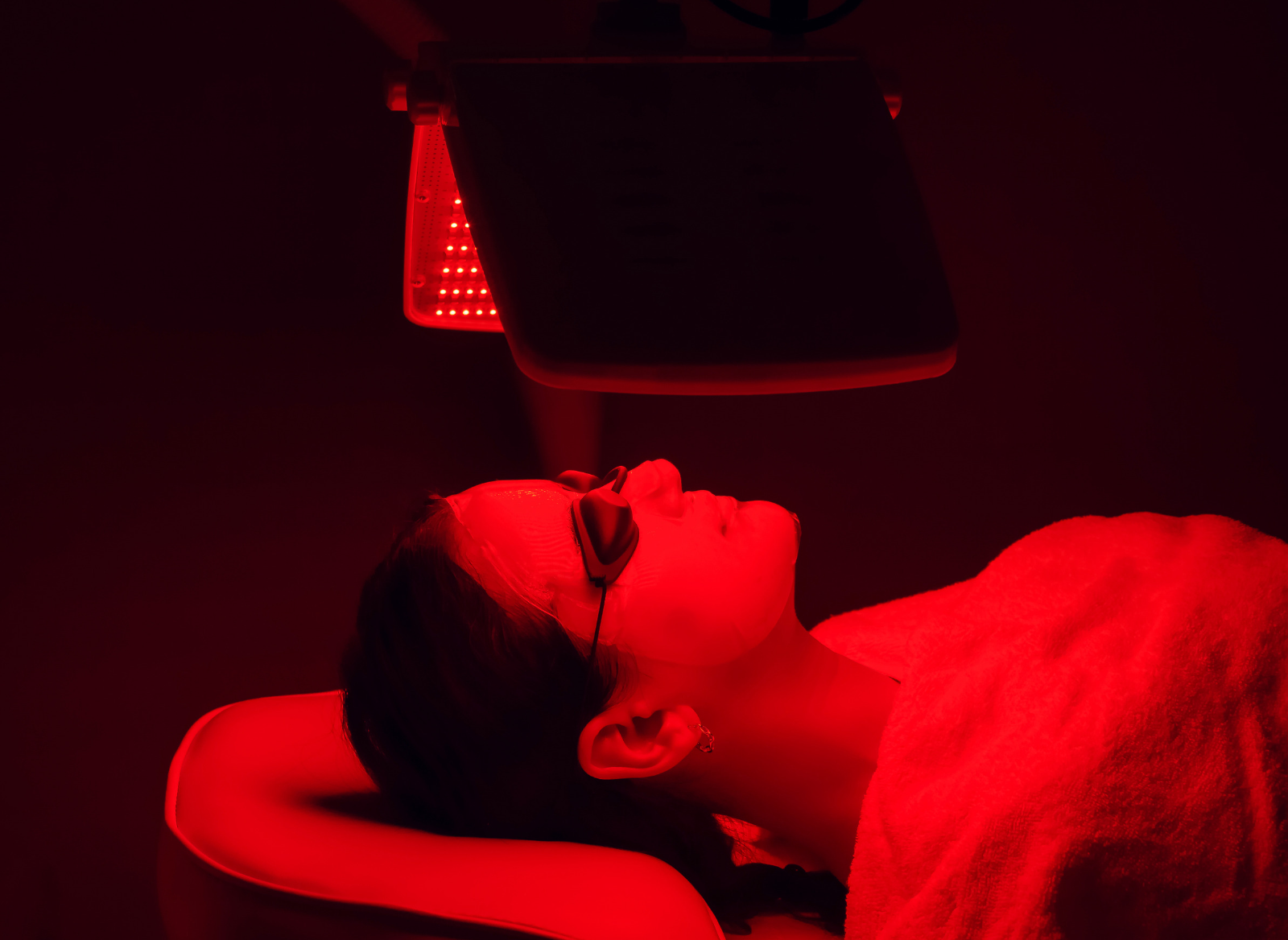
Illuminate Your Skin: LED Light Phototherapy for Radiant Beauty
Harness the Power of Light for Revitalized Skin and a Youthful Glow
LED Light Phototherapy
LED Light Phototherapy, also known as LED Light Therapy, is a revolutionary non-invasive treatment that utilizes different wavelengths of light to promote skin health and address various skin concerns. With its origins in space research and medical applications, LED Light Phototherapy has now become a popular and effective option for skincare enthusiasts and professionals alike.
The history of LED Light Phototherapy can be traced back to the 1980s when NASA scientists first experimented with light-emitting diodes (LEDs) to aid plant growth during space missions. Eventually, they discovered that certain wavelengths of LED light also had positive effects on human skin cells, leading to accelerated wound healing and tissue repair. This discovery laid the foundation for LED Light Phototherapy's entry into the skincare industry.
LED Light Phototherapy works on the principle of using specific wavelengths of light to penetrate the skin at different depths. Each color of light corresponds to a specific wavelength, and these wavelengths can trigger various cellular responses in the skin. When exposed to the right light, skin cells absorb the energy and stimulate natural healing processes, resulting in a range of skin benefits.
or
Call (561) 709-6512 Now!
LED Light Phototherapy (30 min)
UV Free Red, Yellow, Blue, & Green spectral lighting increase collagen production, treat skin conditions such as Acne, rejuvenate the skin clarity and tone, and minimize sunspots and hyperpigmentation.
LED Phototherapy Price List:
LED Light Phototherapy has a wide range of applications, including:
Anti-aging treatments: Red light stimulates collagen and elastin production, helping to reduce fine lines and wrinkles.
Acne management: Blue light kills acne-causing bacteria and reduces inflammation, aiding in the treatment of acne-prone skin.
Skin rejuvenation: Yellow light improves skin clarity and tone, promoting a radiant and youthful appearance.
Pigmentation correction: Green light targets melanin-producing cells, minimizing the appearance of sunspots and hyperpigmentation.
LED Light Phototherapy is a safe, non-invasive, and highly effective method for addressing various skin concerns and achieving healthier, more radiant skin. Whether you're looking to combat signs of aging, treat acne, or improve skin tone, LED Light Phototherapy offers a gentle yet powerful solution for all skin types. Discover the transformative effects of light on your skin and embrace the beauty of LED Light Phototherapy today.
-
Red light (wavelength 630-700nm) is primarily used for its anti-aging properties and stimulating collagen production. When red light is applied to the skin, it penetrates deeply, promoting blood circulation and enhancing cellular metabolism. This, in turn, reduces the appearance of fine lines, wrinkles, and age spots, leading to smoother and more youthful-looking skin.
-
Yellow light (wavelength 590-620nm) is known for its ability to reduce redness and inflammation, making it ideal for individuals with sensitive or easily irritated skin. It can also improve skin clarity and tone, providing a brighter complexion and a more even skin texture.
-
Blue light (wavelength around 415-470nm) is effective in treating acne and blemish-prone skin. It targets and destroys the bacteria responsible for causing acne, helping to clear existing breakouts and prevent future ones. Blue light therapy is gentle and suitable for all skin types, making it a popular option for both teens and adults struggling with acne issues.
-
Green light (wavelength 525-550nm) has a calming effect on the skin and is often used to treat hyperpigmentation and sunspots. It targets melanin-producing cells, reducing the production of excess pigment and leading to a more even skin tone.
LED Light Spectrum Benefits:
“Our holistic approach to healthcare and pain management will help to keep you healthy and live life to the fullest - pain free.”
— DR. MATTHEW WINKE, DACM



